#ving tsun
Text
Efectos del Wing Chun en la salud musculoesquelética y el rendimiento del equilibrio en adultos mayores
Por Ryan W.T. Lip, Shirley S.M. Fong, Shamay S.M. Ng, Karen P.Y. Liu y X. Guo
Propósito
El objetivo de este estudio fue investigar los efectos del entrenamiento de artes marciales chinas Ving Tsun o Wing Chun (VT) en la fuerza de los huesos radiales, la fuerza muscular de las extremidades superiores e inferiores, la movilidad de las articulaciones de los hombros, el rendimiento del equilibrio y…

View On WordPress
#ADULTOS MAYORES#artes marciales#Bruce Lee#jeet kune do#rendimiento del equilibrio#salud musculoesquelética#ving tsun#wing chun
0 notes
Video
youtube
Manejar LA PRESION Y LA FUERZA con el cuerpo en WING CHUN. Sifu Victor G...
0 notes
Text
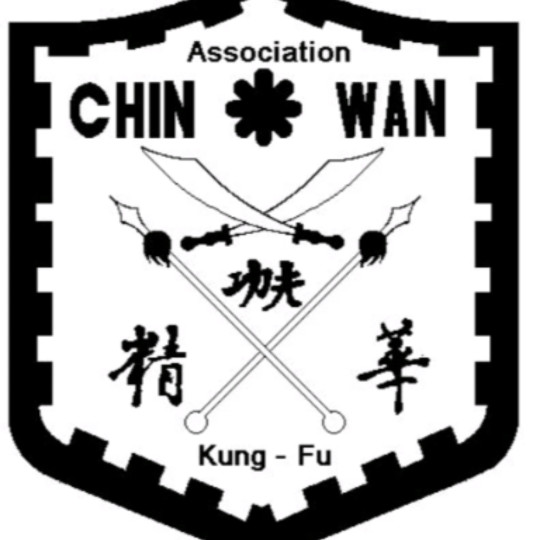
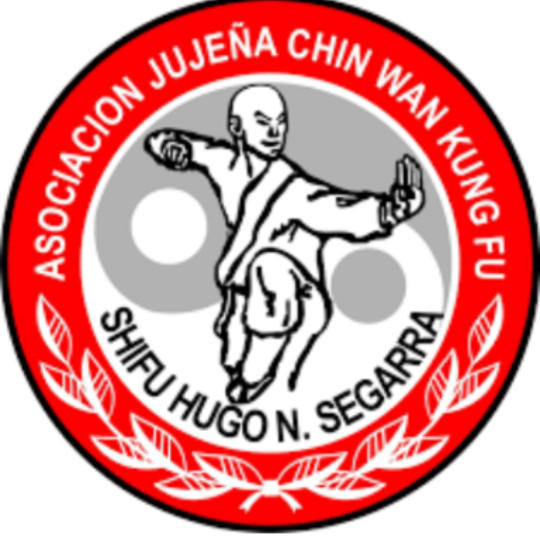
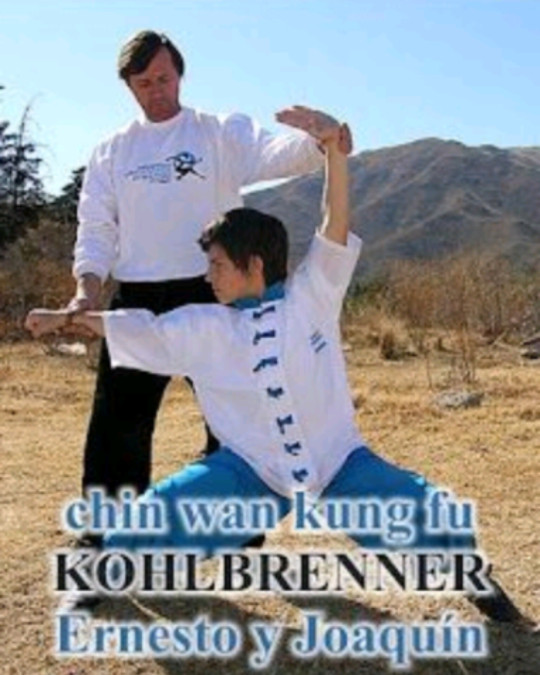


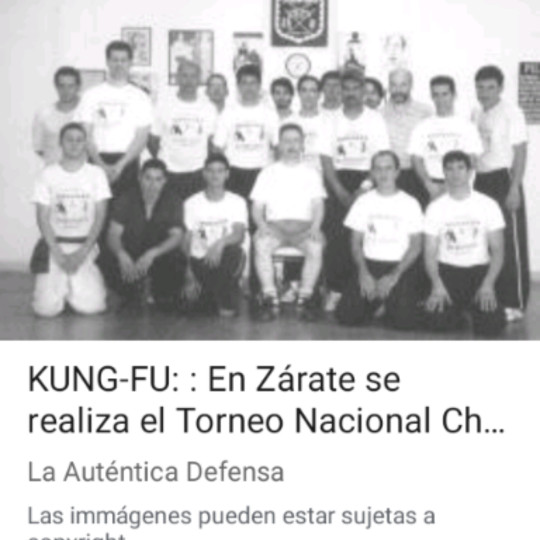
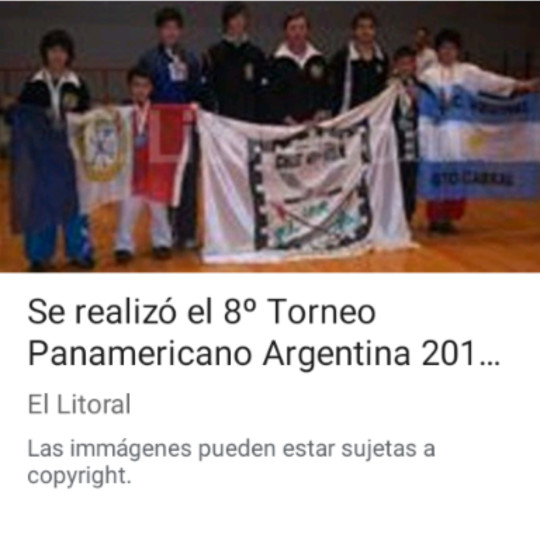
El wing chun (en chino: 詠春; yale cantonés, wing6 cheun1; mandarín: yǒng chūn, literalmente «canto de primavera», a veces sustituido por los caracteres 永春, «primavera eterna»), romanizado también como wing tsun/tchun o ving tsun, (en vietnamita: Vịnh Xuân Quyền) es un arte marcial chino tradicional aunque muchos lo reconocen como sistema marcial (o kung fu) orientado a la defensa personal creado por una sacerdotisa que se escapó del templo Shaolin, llamada Ng Mui. Utiliza golpes de puño, golpes de mano abierta, no usa bloqueos sino que la "defensa es siempre un tipo de ataque" es decir, '''neutraliza los golpes del oponente para usarlos en su contra'''. Usa desvíos, agarres, luxaciones y lanzamientos, además de armas tradicionales. El cual enfatiza el combate a media y corta distancia. El estilo está constituido por una gran cantidad de ejercicios en parejas llamados manos y pies pegajosos "Chi Sao", "chi gerk" y seis formas,[1] o ejercicios meditativos en solitario que desarrollan varios conceptos relacionados con: el autoconocimiento corporal, las técnicas, las tácticas, el equilibrio, la fluidez, la relajación, la rapidez, la sensibilidad, y el acondicionamiento físico específico. Tres de ellas son a mano vacía, una utiliza un dummy o muñeco de madera y las otras dos son realizadas con armas tradicionales. Las seis formas son: Siu Nim Tao 小念頭 (la pequeña idea); Chum Kiu 尋橋 (los manos como puentes); Biu Tze 鏢指 (las manos que atacan); Muk Yan Jong 木人樁 (la forma del muñeco de madera); Luk Dim Boon Gwun 六點半棍 (la forma del bastón largo) y Baat Jaam Do (la forma de los cuchillos mariposa) 八斬刀.
1 note
·
View note
Text
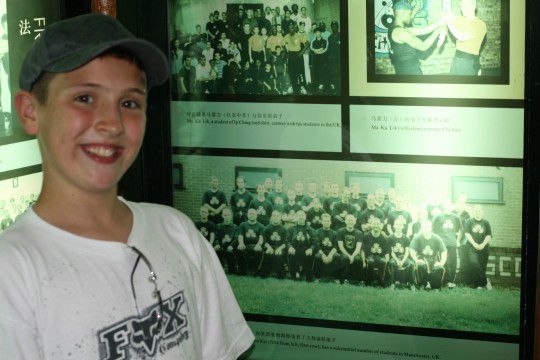
Kieran Fox 2007 inside the Foshan Ip Man Wing Chun Museum, in front of my school photo. Sifu Derek Frearson:
Honorary Chairman of the Foshan Ip Man Wing Chun Museum. Qualified Senior Instructor Ving Tsun Athletic Association HK
Lifetime member VTAA
0 notes
Text
Dallas Wing Chun Academy
Learn the Art of Wing Chun
Welcome to the Dallas Wing Chun Academy. We offer instruction in the art of Wing Chun (wing tsun, ving tsun, etc..) Kung Fu.

Wing Chun (also spelled Wing Tsun and Ving Tsun) is a complete system of self-defense which works for everyone regardless of size, strength, gender or athleticism.
0 notes
Text
Kung Fu
Schon seit vielen Jahren bin ich begeistert von Kung Fu.
Seit meiner Jugend liebe ich Kung Fu Filme von Bruce Lee, Jackie Chan, Jet Li… Immer cool.
Ich hatte auch immer eine Faszination für Kampfsport, besonders Wing Chun (oder auch Ving Tsun, who cares?) hatte es mir da angetan und mit einem Buch und Youtube habe ich mal angefangen Grundstellungen und Bewegungen zu trainieren. Letzten Endes…

View On WordPress
0 notes
Video
youtube
Understanding point control when playing Chi Sao
5 notes
·
View notes
Photo
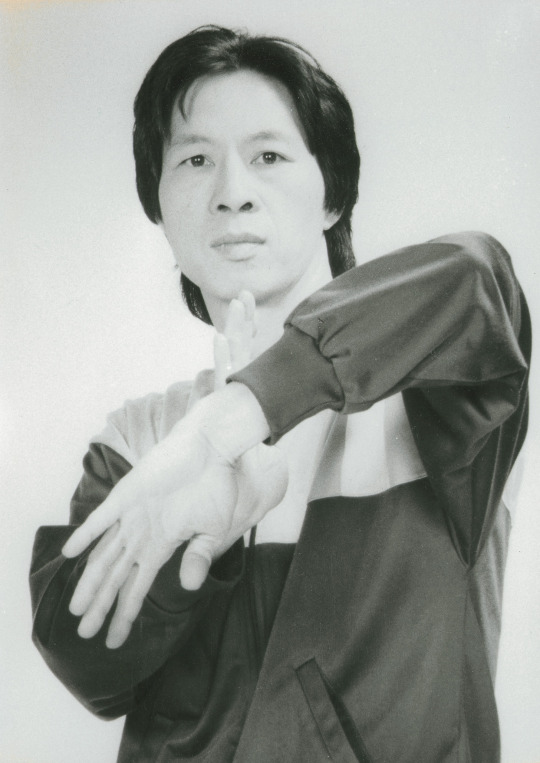
Samuel Kwok, the right hand man of the Yip brothers in Hong Kong, who are better known as the sons of Yip Man, the founder of Ving Tsun and teacher of Bruce Lee.
https://www.kungfukarate.org/feature/samuel-kwok-der-pfad-zum-wing-chun/
1 note
·
View note
Photo
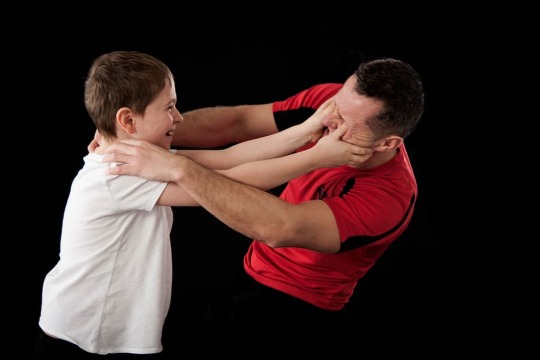
wing tsun, wing tzun, wing chun, ving tsun, self-defense, martial arts, children, fight, attack, box
#wing tsun#wing tzun#wing chun#ving tsun#self-defense#autodefesa#martial arts#artesmarciais#fight#attack#luta
0 notes
Text
I'd like to get so good at Ving Tsun that I can 'think' while fighting. I'm not even that good at doing that during swordfighting! But there's more techniques available and also more vids available of Philipp Bayer absolutely crushing people by just relentlessly almost hitting them in the face. And also I have a sifu who's been doing this thing for the past 30 years so that's handy too.
#ving tsun is nice because its active and i cab learn stuff and that makes me feel good about myself#and its practical and im good at learning ut#so ya#jdvd#jbe#khrhr#my stuff#personal
1 note
·
View note
Photo
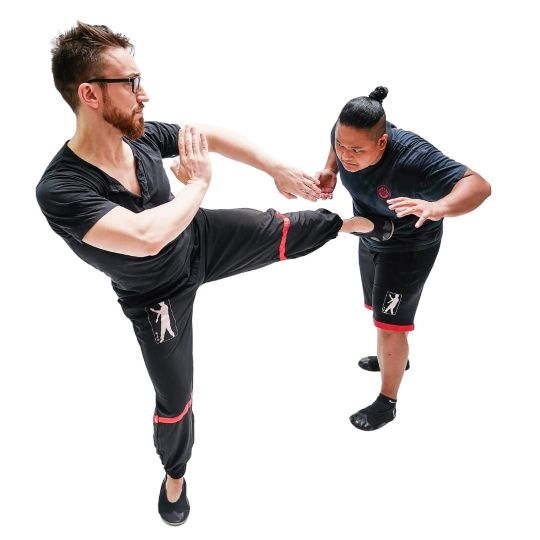

Sifu Alex Richter 🤜
Wing Tsun (wing chun, ving tsun etc.) often goes by the misguided reputation of “not having solid kicks”. Nothing could be further from the truth! 👍
Sure, hand techniques are easier to use in close range fighting, but Wing Tsun has an intelligent and practical array of kicking techniques as well. Unfortunately, many are just not practicing their kicks enough! Often movement issues are to blame. These can be addressed!
www.youtube.com/c/TheKungFuGenius
7 notes
·
View notes
Text


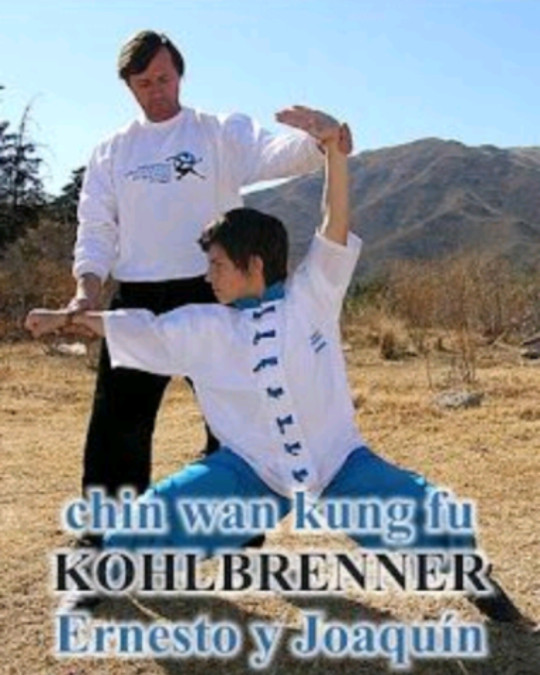

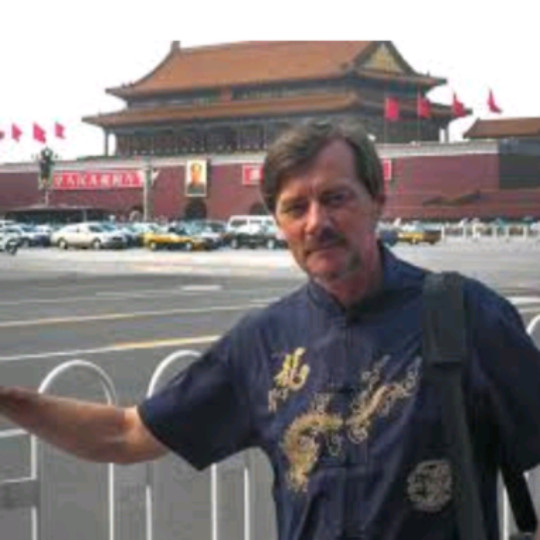
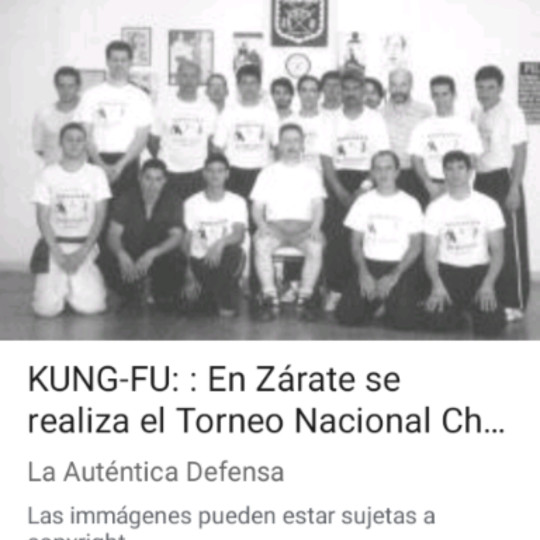

El wing chun (en chino: 詠春; yale cantonés, wing6 cheun1; mandarín: yǒng chūn, literalmente «canto de primavera», a veces sustituido por los caracteres 永春, «primavera eterna»), romanizado también como wing tsun/tchun o ving tsun, (en vietnamita: Vịnh Xuân Quyền) es un arte marcial chino tradicional aunque muchos lo reconocen como sistema marcial (o kung fu) orientado a la defensa personal creado por una sacerdotisa que se escapó del templo Shaolin, llamada Ng Mui. Utiliza golpes de puño, golpes de mano abierta, no usa bloqueos sino que la "defensa es siempre un tipo de ataque" es decir, '''neutraliza los golpes del oponente para usarlos en su contra'''. Usa desvíos, agarres, luxaciones y lanzamientos, además de armas tradicionales. El cual enfatiza el combate a media y corta distancia. El estilo está constituido por una gran cantidad de ejercicios en parejas llamados manos y pies pegajosos "Chi Sao", "chi gerk" y seis formas,[1] o ejercicios meditativos en solitario que desarrollan varios conceptos relacionados con: el autoconocimiento corporal, las técnicas, las tácticas, el equilibrio, la fluidez, la relajación, la rapidez, la sensibilidad, y el acondicionamiento físico específico. Tres de ellas son a mano vacía, una utiliza un dummy o muñeco de madera y las otras dos son realizadas con armas tradicionales. Las seis formas son: Siu Nim Tao 小念頭 (la pequeña idea); Chum Kiu 尋橋 (los manos como puentes); Biu Tze 鏢指 (las manos que atacan); Muk Yan Jong 木人樁 (la forma del muñeco de madera); Luk Dim Boon Gwun 六點半棍 (la forma del bastón largo) y Baat Jaam Do (la forma de los cuchillos mariposa) 八斬刀.
1 note
·
View note
Text
What is Martial arts?
From what i have research, martial arts are the systems and traditions of combat practiced for a number of reasons like self-defense; military and law enforcement applications; physical, mental, and spiritual development; and the preservation of a nation’s intangible cultural heritage. The term martial art has become associated with the fighting arts of East Asia but it originally referred to the combat systems of Europe as early as the 1550s. Chinese martial arts originated during the legendary, possibly apocryphal, Xia Dynasty more than 4000 years ago, It is said the Yellow Emperor Huangdi introduced the earliest fighting systems to China. The yellow Emperor is described as a famous general who before becoming China’s leader, wrote lengthy treatises on medicine; astrology and martial arts. One of his main opponents was Chi You who was credited as the creator of Jiao Di, a forerunner to the modern art of Chinese Wresting.
Also, the foundation of modern Asian martial arts is likely a blend of early Chinese and Indian martial arts. During the Warring States period of Chinese history around 480-221 BC that extensive development in martial philosophy and strategy emerged, as described by Sun Tzu in The Art of War(孙子).

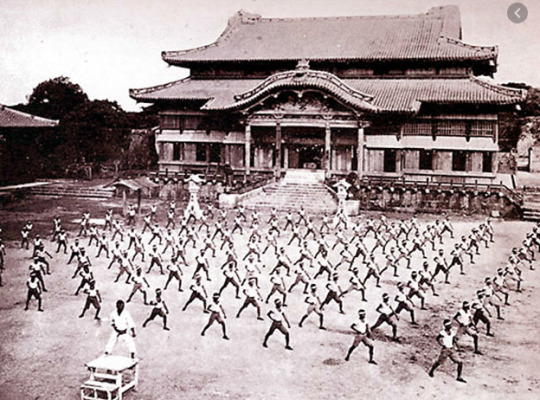

Furthermore, unarmed martial arts can be broadly grouped into those focusing on strikes, those focusing on grappling, and those that cover both fields, often described as hybrid martial arts. Strikes such as Punching lie boxing, Wing Chun, Karate; Kicking like Taekwondo, Capoeira, Savate; and Lethwei, Muay Thai, Kung Fu, Pencak Silat, Kalaripayattu. I kind of like the idea of Wing Chun.
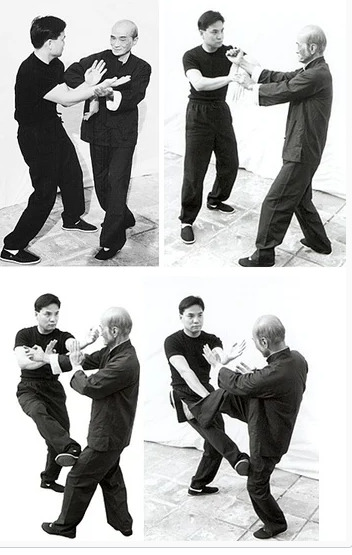
Wing Chun
WingChun also romanised as Ving Tsun or Wing Tsun. It is a Chinese martial art and style of kung fu that utilizes both strking and trapping while specializing in close range combat. It has the distinction of being of the rare matial art styles, if not the only martial art style that was invented by a woman. As why Wing Chun so famous in modern martial art history is because one of the world top martial arts aritsit name Bruce Lee. The largest influence on Lee’s martial arts development was his study Wing Chun. Lee began training in Wing Chun when he was only 16years old by the Wing Chun teacher Yip Man in between late 1956 and 1957.

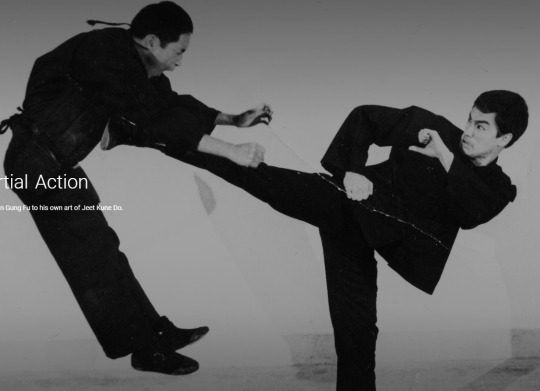
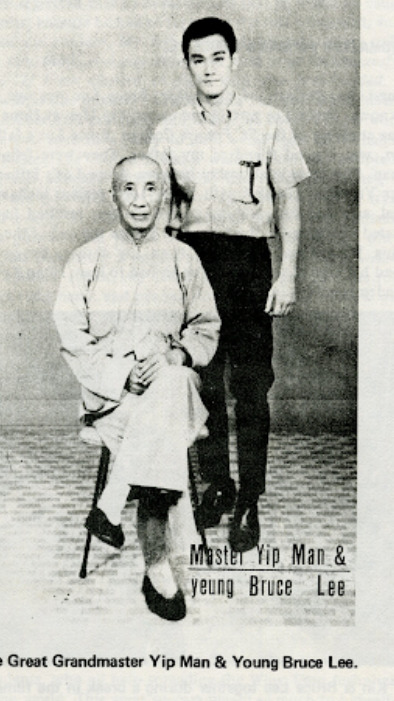
1 note
·
View note
Text
Tag Game
Tagged by the absolutely wonderful @telltaleclerk - thank you so much for tagging me. :D
favourite comfort food: kale with sausage and potatoes or steamed yeast buns with strawberry sauce
favourite alcohol (or hot drink): I don’t really drink much alcohol anymore, but I have a fondness for single malt scotch which I only rarely drink because it’s expensive and I’m a poor grad student who can’t afford that kind of thing. Otherwise, I drink a lot of tea.
favourite relaxing activity: Reading - I read a lot and just about everything from fanfiction to classical poetry. Swimming, running, and Ving Tsun Kung Fu are also on the list when I need a workout to relax.
favourite calming scent: jasmine
favourite relaxing (or uplifting) song: The Bach: Unaccompanied Cello Suites played by Yo Yo Ma album is my go to in order to relax. I’ve listened to that so often by now I could probably hum the entire thing in my sleep.
favourite book to get lost in: Depends on my mood, really, though I often turn to poetry if I want to get lost in something. I’m currently reading Dorothy Parker and it’s just kind of perfect to forget about reality for a bit.
favourite chill-out TV show: Everything Star Trek. I’ve been a Trekkie for as long as I can remember and Deep Space Nine is my personal favourite.
the best advice you’ve ever had: A lot of people are probably just as insecure as you are. Something my psychiatrist told me years ago, and also something I’d never really thought about before that. To my ADHD challenged self, and suffering from impostor syndrom, it felt, and still feels, like one of the most important things I’ve ever been told.
Tagging: @thesammykinz @dont-stop-believin-in-klaine @orianess @rai-knightshade @enbyboiwonder @impossiblepluto and everyone else who wants to have a go. :D
4 notes
·
View notes
Text
The Wing Chun Forms - More Than a Bunch of Movements
There are five principle frames in Wing Chun Kung Fu - they are the plans to the framework, describe the majority of the developments accessible and are an incredible route for understudies to prepare without an accomplice.
The 5 structures can be partitioned into the unarmed and furnished framework - 4 unarmed and 2 equipped structures.
youtube
Siu Nim Tau
The "Little Idea" structure is the first venturing stone for some Wing Chun understudies. Customarily you would have been left adapting nothing other than the SNT structure and acing it before moving onto something new.
The hands are disengaged, you hold a fixed position and gain proficiency with the fundamental developments of the framework. You get familiar with the limits of your body, to not misrepresent or transmit developments and set up the fundamental developments.
Pal Kiu
"Looking for the Bridge" - the second Wing Chun structure presents crossing over ideas as you figure out how to step and discover your adversaries arms (called connects in Kung Fu).
Venturing, turning and kicking all occur in the Chum Kiu structure as you co-ordinate hand and foot developments - expanding on what you have realized in the Siu Nim Tau structure.
Biu Tse or Biu Tze
To protect an assault with an assault - the Biu Tze structure is a forcefully structure with strikes to the neck, throat and three distinct kinds of elbows.
Regularly alluded to as a crisis structure - the Biu Tse was one a structure just instructed to relatives and never shared.
Wooden Dummy or Mook Yan Chong
The Wooden Dummy structure utilizes a wooden man - complete with two high arms, one low an exorbitant price. Generally the wooden sham was basically stuck in the ground and you could walk 360 degrees around it.
When WC Kung Fu moved from terrain China to Hong Kong - space was a premium and the divider mounted wooden sham got famous.
The spurious structure shows an assortment of hand assaults and the vast majority of the significant footwork and kicking procedures in Wing Chun. You figure out how to assault at points and - will to some extent - condition your arms as you hit, pull and move around the Wooden Dummy.
Long Pole or Look Dim Book Kwan
At around 8 feet long the Look Dim Book Kwan is not exactly down to earth in the present society yet offers a great deal to the committed Wing Chun understudy.
Proverbs and standards, footwork not found in the unarmed structures and a ton of molding work originates from the post structure.
Lifting, pushing, flicking and snapping the shaft around works your whole body - offering explicit and functional preparing to the Wing Chun expert.
The Butterfly Swords or Baat Cham Dao
The Butterfly Swords or Knives are the gem in the crown for Ving Chun understudies - they complete the Wing Chun framework and show you how to utilize these swords.
Utilized two by two - the footwork for the blade structure is totally different to the with nothing Wing Chun frames as separation and timing change when a weapon is placed in your grasp.
Hacking, pushing and running with the blade are completely instructed.
Other Wing Chun Forms
Without question, the most famous type of Wing Tsun in the West is that educated by Yip Man - teacher to the late Bruce Lee.
On account of Bruce Lee, this Kung Fu framework picked up in prominence and spread around the world. His teacher Grandmaster Yip Man passed on in 1972 and is broadly viewed as the last 'undisputed' grandmaster of Wing Chun Kung Fu.
1 note
·
View note
Video
youtube
Learn The Wing Chun Huen Sao
8 notes
·
View notes